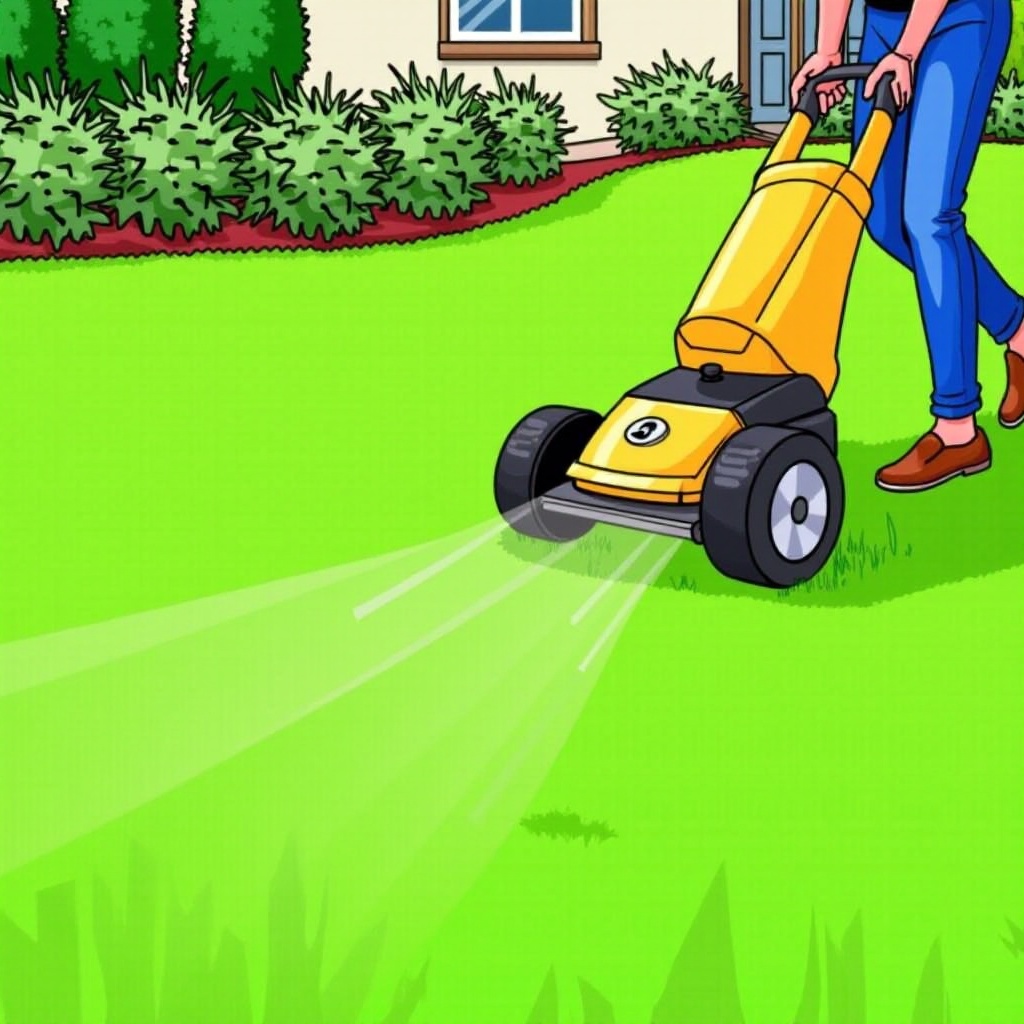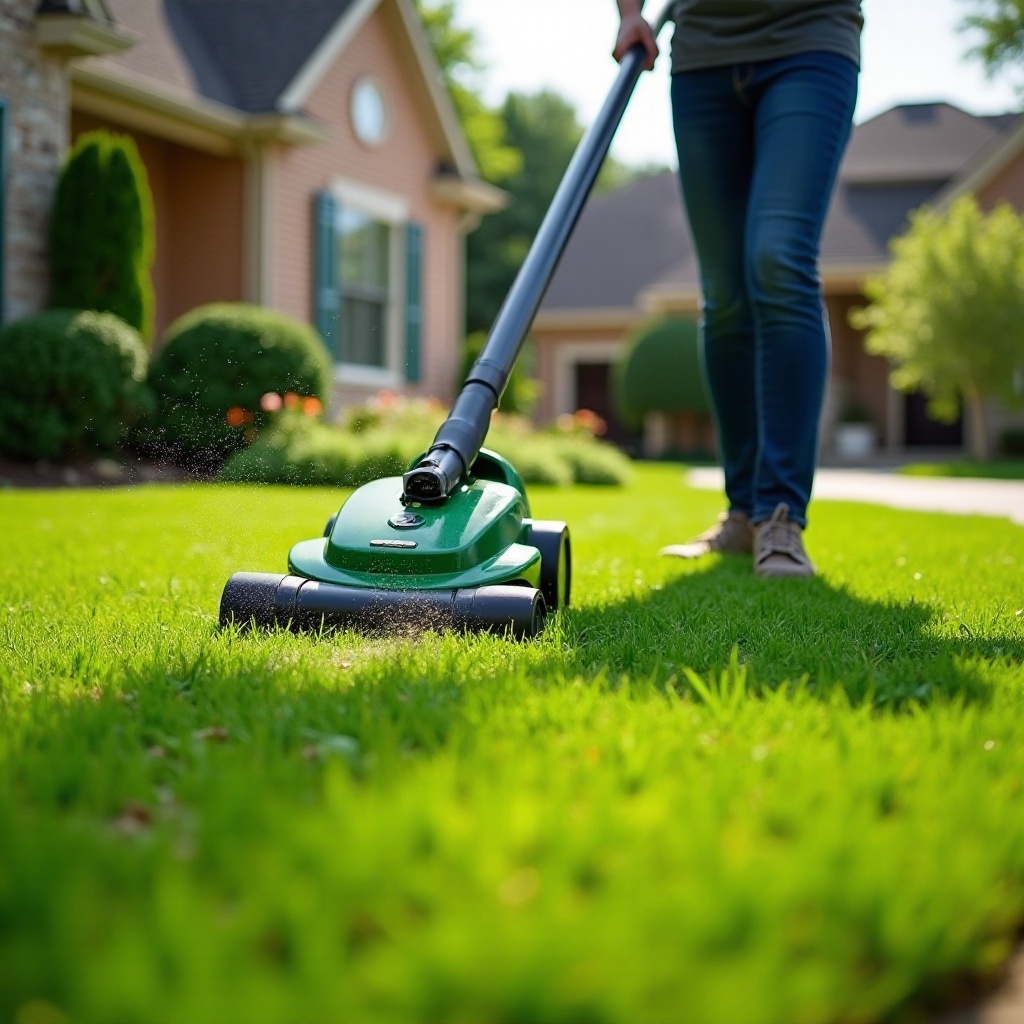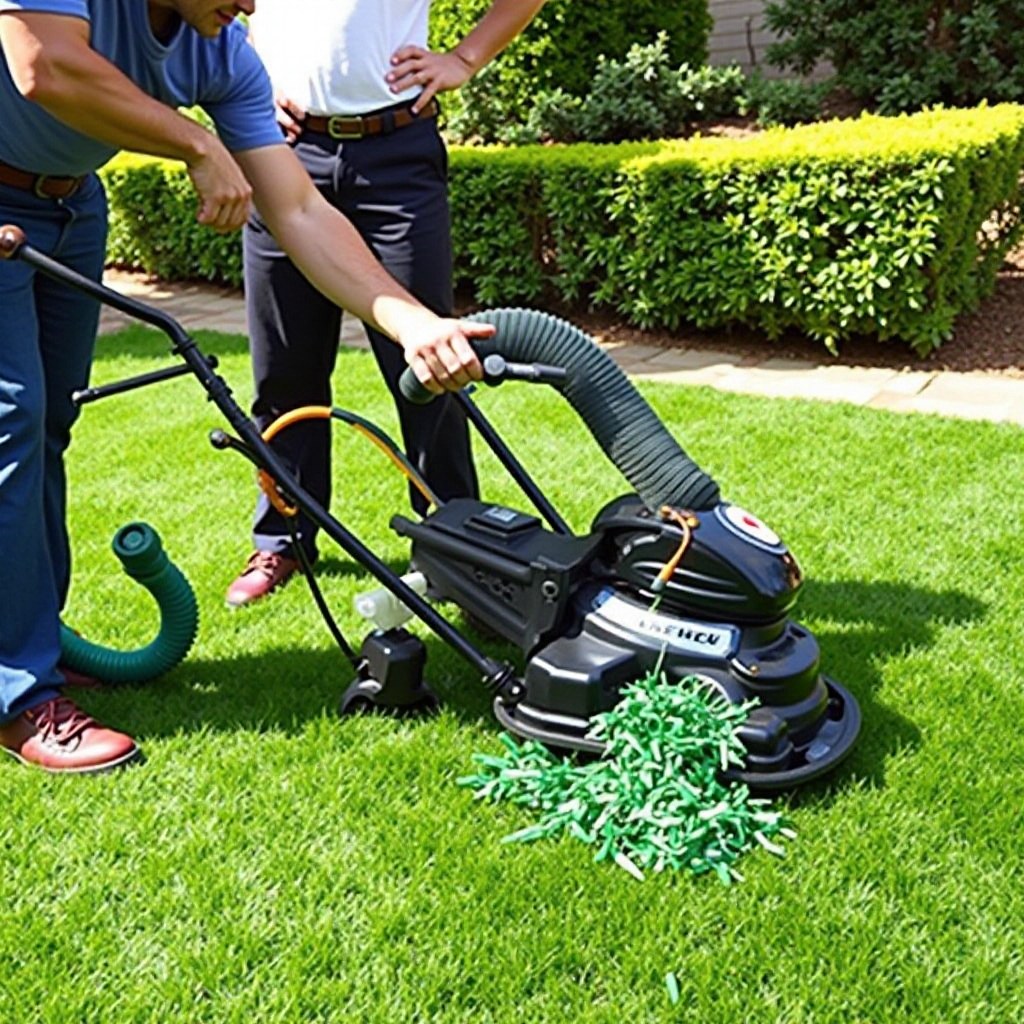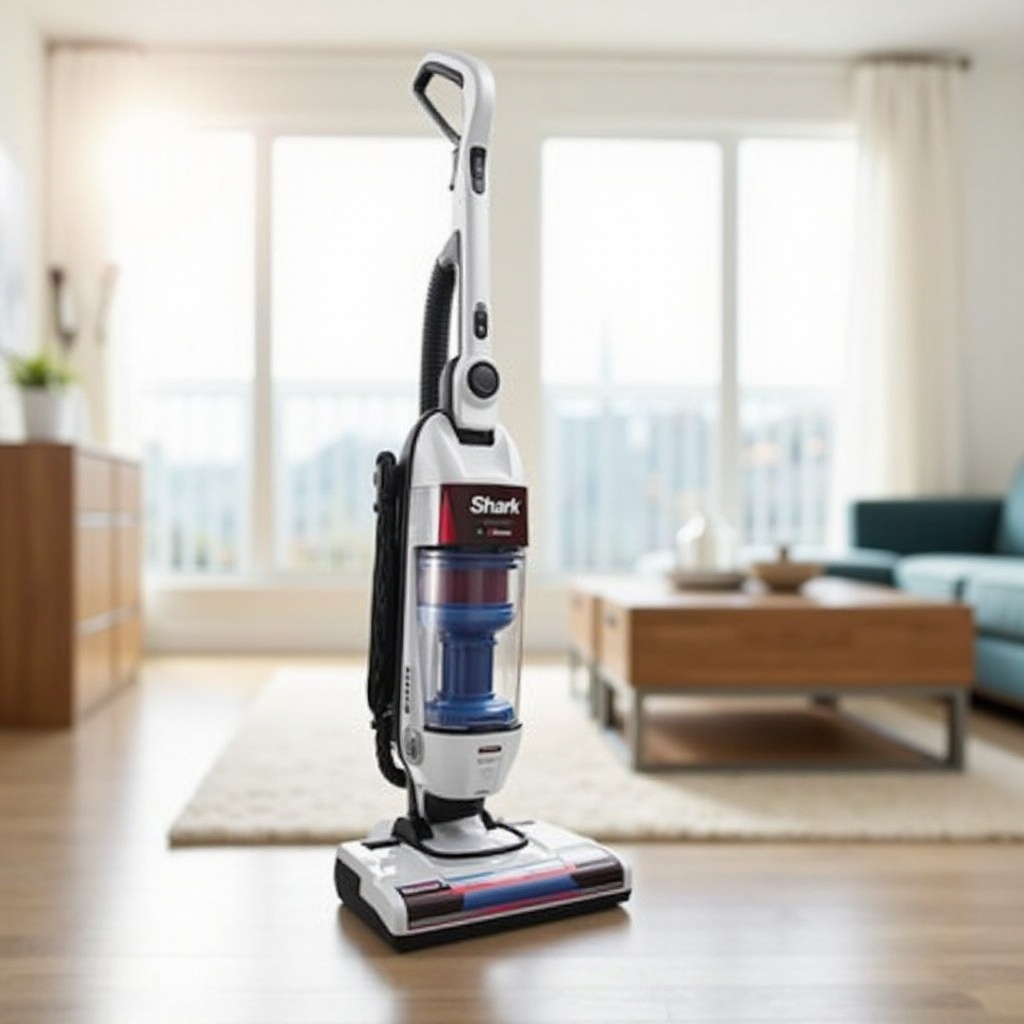Introduction
Maintaining a pristine lawn requires the right tools, one of which is a lawn vacuum for grass clippings. A lawn vacuum can save you time and energy while ensuring your lawn looks immaculate. Using a lawn vacuum helps manage the debris, whether it’s grass clippings, leaves, or small twigs, thus promoting healthier grass growth. In this guide, we’ll delve into why you need a lawn vacuum, the key features to look for, top picks for 2024, how to use one effectively, and essential maintenance tips.

Why Use a Lawn Vacuum for Grass Clippings?
Grass clippings left on the lawn after mowing can lead to thatch build-up, which is detrimental to the health of your grass. Thatch creates a barrier that prevents water, nutrients, and air from reaching the soil. A lawn vacuum swiftly and efficiently removes these clippings, helping to prevent thatch accumulation.
Moreover, using a lawn vacuum is environmentally friendly. By collecting grass clippings, you can repurpose them as mulch or compost, enriching your garden soil with organic matter. This recycling process not only reduces waste but also supports sustainable gardening practices. Finally, a clean lawn is aesthetically pleasing. It presents a well-manicured look that enhances your property’s curb appeal. A lawn vacuum ensures your lawn looks professionally maintained without much effort on your part.

Key Features to Look for in a Lawn Vacuum
Power and Performance
The power of a lawn vacuum is crucial as it determines its efficiency. Look for models with powerful engines or motors, providing sufficient suction power to pick up all debris, including wet clippings. Higher horsepower or voltage ratings often translate to better performance and quicker cleanup.
Versatility and Functionality
A versatile lawn vacuum can handle various types of debris beyond just grass clippings, such as leaves, pine needles, and small branches. Some models come with mulching capabilities, shredding the debris into fine pieces that are easier to dispose of or use as compost. Additionally, consider a model that offers multiple functionality modes, such as blowing or bagging options, for increased flexibility.
Ease of Use and Maneuverability
Ease of use is essential for a smooth lawn care experience. Look for features like an ergonomic handle, lightweight construction, and large, easy-roll wheels. A vacuum that is simple to maneuver reduces physical strain. Additionally, check for user-friendly features such as an easy-access debris bag and intuitive controls.
Top Lawn Vacuums for Grass Clippings in 2024
GreenWorks Pro 80V
Features:
– 80V lithium-ion battery
– 600 CFM air volume
– 3-in-1 functionality: vacuuming, blowing, and mulching
Pros:
– Cordless convenience
– High power and battery life
– Lightweight and easy to handle
Cons:
– Battery not included in some packages
– Limited runtime with high-power settings
Troy-Bilt TB2BV EC
Features:
– 27cc 2-cycle engine
– Speed control and an anti-vibration system
– 450 CFM air volume
Pros:
– Powerful engine
– Comfortable grip and reduced vibration
– Durable build
Cons:
– Requires fuel mixing
– Heavier compared to electric models
BLACK+DECKER BV6600
Features:
– 12-amp motor
– 3-in-1: blower, vacuum, and mulcher
– 16:1 mulch ratio
Pros:
– High mulching capacity
– Affordable price
– Easy to transition between modes
Cons:
– Corded, limiting mobility
– Noisy operation
How to Effectively Use a Lawn Vacuum
Preparing Your Lawn
Before using a lawn vacuum, clear your lawn of large branches and stones that could damage the vacuum. Mow your lawn if needed, ensuring the cut grass is dry to improve collection efficiency.
Best Techniques for Vacuuming
Start vacuuming from one corner of your lawn and work in a systematic, overlapping pattern to ensure you cover the entire area. Move at a steady pace, allowing the vacuum adequate time to pick up debris. For optimal results, adjust the vacuum height to match your lawn’s thickness.
Post-Vacuuming Care
After vacuuming, empty the debris bag and inspect the unit for any clogs or damage. Wash the exterior to remove any stuck grass and dirt. Store the vacuum in a dry, sheltered location.
Maintenance Tips for Your Lawn Vacuum
Regular Cleaning and Upkeep
Regularly clean the air filters, and check for any blockage in the vacuum chute. Replace worn-out parts promptly, including belts and blades, to ensure the vacuum functions smoothly.
Storing Your Lawn Vacuum Properly
Store your lawn vacuum in a clean, dry place, preferably elevated from the ground to prevent rust or water damage. If your vacuum is battery-operated, remove the battery and store it separately in a cool, dry environment.
Troubleshooting Common Problems
If your vacuum loses suction power, check for clogs in the chute or the debris bag’s mounting. Also, ensure the air filter is clean. If the engine doesn’t start, inspect the spark plug, fuel levels, and battery charge to identify and resolve the issue.

Conclusion
A lawn vacuum for grass clippings is an indispensable tool for maintaining a lush, tidy lawn. By understanding key features and how to use and maintain your vacuum, you can keep your lawn in top shape. Choose the right model, follow best practices, and perform regular maintenance for optimal performance.
Frequently Asked Questions
How often should I vacuum my lawn?
The frequency depends on your lawn type and growth rate. Generally, vacuuming once a week during the growing season should suffice to keep your lawn looking neat.
Can I use a lawn vacuum for leaves as well?
Yes, many lawn vacuums are designed to handle leaves along with grass clippings. Look for models with adjustable settings to switch between different types of debris.
What should I do if my lawn vacuum loses suction power?
Check for clogs in the chute, ensure the debris bag is not full, and clean the air filter. If the problem persists, inspect the impeller and replace any worn parts.


